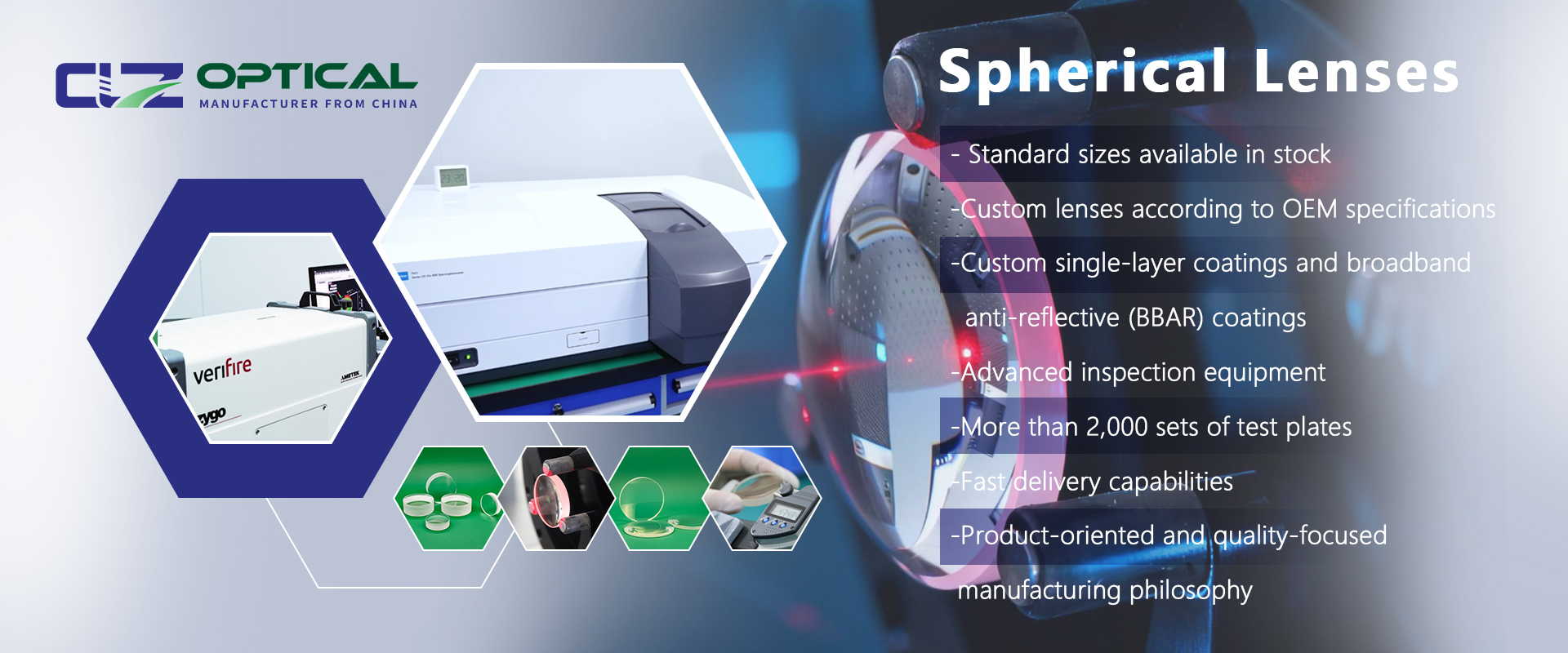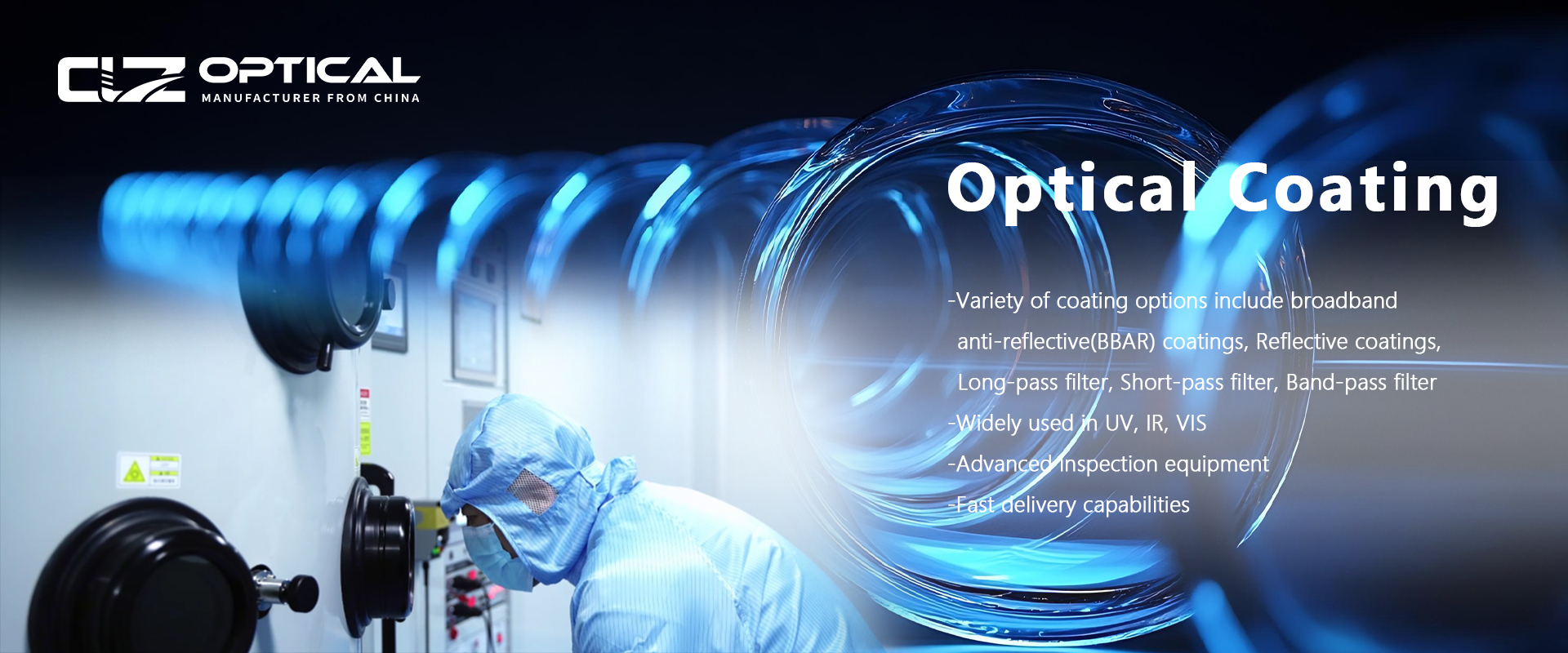What are fused silica lenses used for?
Aug. 11, 2025
Fused silica lenses represent a significant breakthrough in optical materials engineering, reshaping the performance boundaries of precision optical systems with their unique optical properties and physical stability. This synthetic material, formed through a melting and quenching process of ultra-pure silicon dioxide into an amorphous structure, achieves near-ideal optical transmission performance from the deep ultraviolet to near-infrared spectrum while possessing environmental tolerance surpassing conventional optical glass.
1. Material Characteristics
1.1 Spectral Transmission Advantage
Fused silica maintains ultra-high transmittance across the ultraviolet to infrared spectrum. Its molecular structure, characterized by extremely low defect density, makes it the preferred material for ultraviolet lenses, especially suitable for short-wavelength laser systems and fluorescence excitation experiments.
1.2 Physical Stability Mechanism
Its near-zero thermal expansion stems from a three-dimensional network of silicon-oxygen bonds, maintaining optical surface precision during drastic temperature fluctuations. Chemical inertness arises from the stable covalent bonds of high-purity silicon dioxide, resisting corrosion from strong acids, organic solvents, and high-temperature steam.
2. Application Fields
2.1 Revolution in Industrial Manufacturing
As the core of laser focusing systems, fused silica lenses concentrate high-energy beams into micron-level focal points, enabling precision machining of ultra-hard alloys. In semiconductor lithography equipment, its deep ultraviolet transmission ensures precise projection of extreme ultraviolet light, driving continuous breakthroughs in chip manufacturing processes. On high-speed production lines for plastic (PC, PMMA) films, the lenses resist thermal deformation interference, capturing micron-level defects in real-time, ensuring reliable online quality monitoring.
2.2 Breakthroughs in Life Sciences
Endoscope lens assemblies utilize fused silica, integrating multi-spectral imaging channels within miniature probes. Its biocompatibility allows for repeated high-temperature sterilization, enabling real-time navigation at the capillary level during minimally invasive surgeries. Optical coherence tomography devices enhance penetration depth through these lenses, enabling in vivo observation of cellular metabolic activities and advancing early cancer screening technology.
2.3 Exploration in Frontier Research
In quantum entanglement experiments, the ultra-low thermal noise of the lenses maintains photon path stability, significantly improving two-photon interference precision. Geothermal well monitoring sensors equipped with fused silica windows continuously transmit multi-spectral geomineral data in extreme environments, providing critical technical support for resource exploration.
3. Performance Advantages
3.1 Damage Resistance
With optical coatings applied to the surface, the lenses withstand high-intensity pulsed laser impacts, with a damage threshold far exceeding that of traditional optical materials. In synchrotron radiation light source facilities, their resistance to radiation aging ensures long-term stable operation of beamlines.
3.2 Optical Design Freedom
Advanced molding techniques enable the manufacture of aspheric and free-form lenses, effectively correcting edge distortion in wide-field imaging. Replacing plastic (PC, PMMA) components eliminates optical performance degradation in high-humidity environments, significantly extending equipment service life.
4. Summary
Fused silica lenses, through the deep synergy of materials science and optical engineering, redefine technical standards in three major fields: achieving precise control of micro-focus lasers in industrial manufacturing, breaking the limits of minimally invasive imaging in life sciences, and ensuring reliability in extreme environment detection for frontier research. Their broad-spectrum transmission and physical stability will continue to drive technological innovations in semiconductor manufacturing, quantum computing, and deep-space exploration.




















